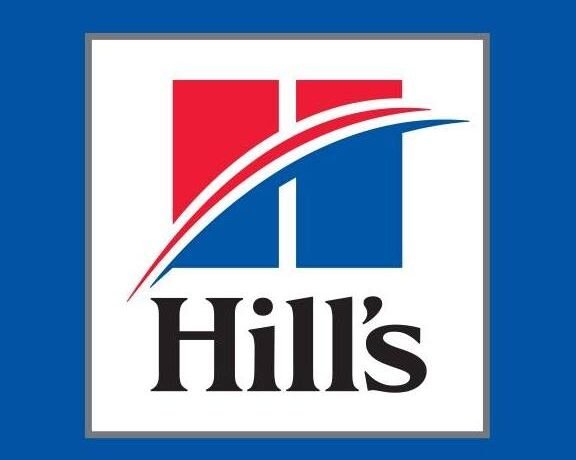Lameness and Poor Performance
Our experienced vets are happy to help you with lameness issues, whether its digging out an abscess in a pony, or diagnosing a more subtle problem in a competition horse. We can perform a range of nerve and joint blocks and have mobile xray and ultrasound facilities. We can also refer your horse to a local veterinary hospital if advanced imaging such as scintigraphy or MRI is required.
Foot problems
The old adage ‘no foot no horse’ is very true! Regular trimming or shoeing, and attention to foot balance by your farrier is vital. Most horses will need trimmed or reshod every 4-8 weeks.
We see many foot problems including foot abscesses, bruised soles, penetrating injuries (for example standing on a nail), fractured pedal bone, navicular disease, laminitis and osteoarthritis. For more subtle conditions we may need to block the foot (using a nerve block to desentitise it) to confirm that the lameness is in the foot, and we can then xray to identify the problem.
We are very happy to work with your farrier if changes to foot balance or remedial shoes are required - our xrays make it much easier for the farrier to trim or shoe appropriately for your horse or pony’s condition.
Our vets can offer a range of treatment options which can be used for the different conditions that might affect your horse or pony’s foot - from anti-inflammatories, poulticing, frog supports, casting, antibiotics, various types of local and systemic medications, minor surgery or referral for further diagnostics or major surgery.
Arthitis and other bony problems
Bone and joint problems are common in horses - some might be fairly easy to identify such as splint formation, or a fracture following a kick for example, but others such as osteoarthritis can be difficult to diagnose without a full lameness workup.
This likely involves a thorough examination of the limbs, palpation of all the bony and soft tissue structures and joints, trotting up on hard and soft ground, both in straight lines and on the lunge, and flexion tests. The next step might be joint and/or nerve blocks to identify the source of the pain.
Osteoarthitis, or Degenerative Joint Disease (DJD) is a very common cause of lameness in performance horses, with poor performance as a result of the joint disease sometimes preceeding overt lameness and/or radiographic changes. If lameness is subtle (and therefore the response to joint and/or nerve blocks likely to be minimal), we might recommend referring your horse for scintigraphy at either Clyde Vet Group or the R(D)SVS first. Alternatively, if lameness blocks to a particular joint or area of the limb, we can proceed to xrays and use our mobile facilities to come to your yard rather than you having to travel your horse. DJD is also common in older horses, where stiffness and lameness are frequently associated with advanced changes in the joints.
A variety of treatments for arthritis are available through the practice, from intra articular medications to systemic treatments. Our vets also work with ACPAT registered physiotherapists to develop rehabilitation programmes tailored to your horse.
Tendon and ligament problems
Our vets can use portable ultrasonography to obtain images of orthopaedic soft tissue structure like tendons and ligaments. Commonly injured areas like the suspensory ligaments and digital flexor tendons are easily identifiable on ultrasound this can be used to diagnosis injuries and track recovery. This can be useful to determine when a horse can return to exercise.
Ultrasonography can also be used to identify fractures, in areas that are difficult to obtain radiographs, like the pelvis.
Emergencies
See equine emergencies for more information on lameness conditions which may need urgent veterinary attention.
If your horse or pony is non-weightbearing or toe-touching lame, or has suspected laminitis, please call us immediately. The most likely problems are an abscess, a fracture, or a wound resulting in a septic joint or tendon sheath.











